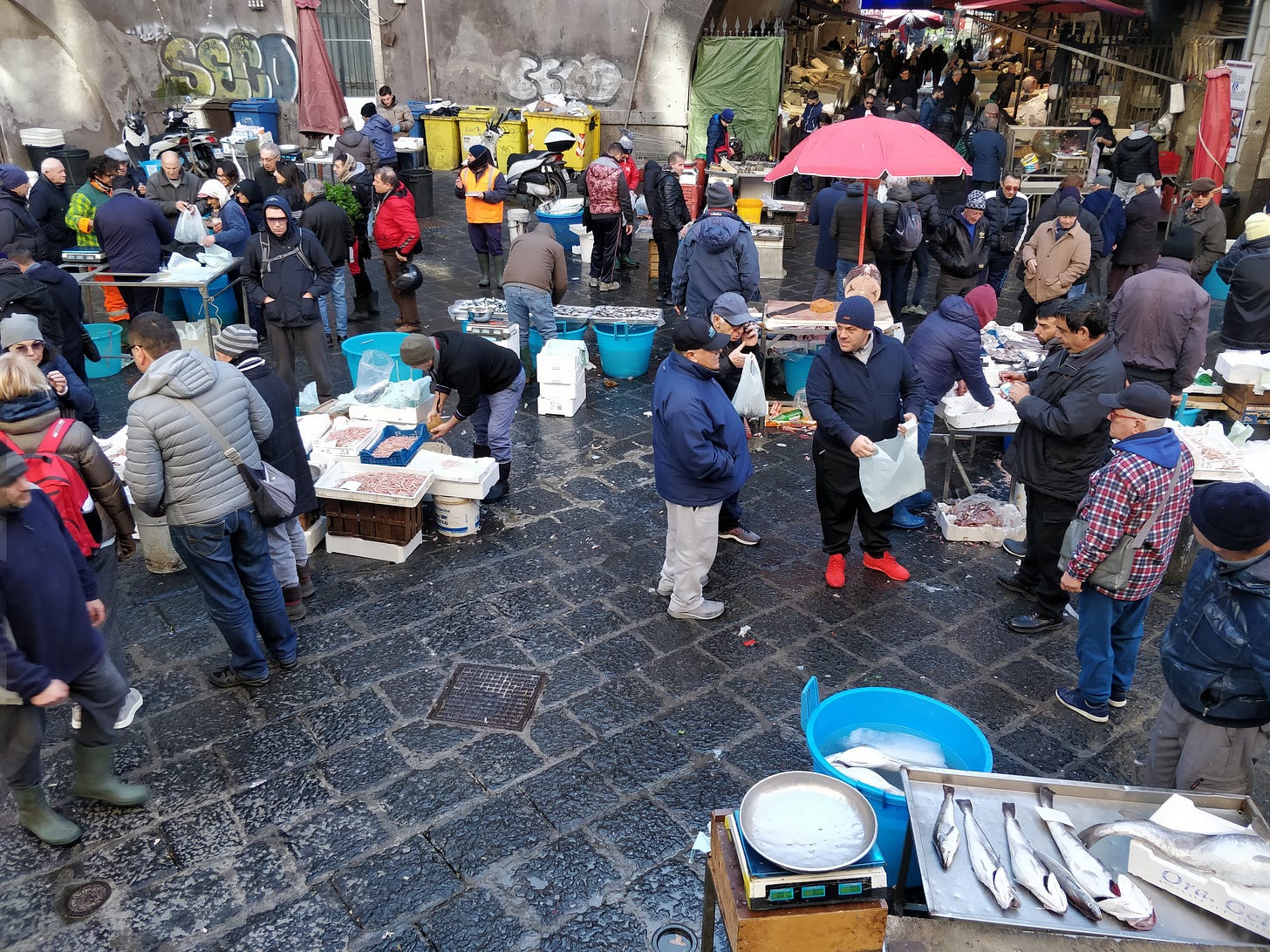When ‘Zero’ is the goal
A newsletter about food systems, climate change and everything connected to them

I meant ’Net Zero’, obviously, and everyone is in on it.
Governments want their countries to hit that in the coming decades, youths are demanding it of world leaders, and private corporations pledge to make sure their products and supply chains could achieve this.
In a nutshell, ’Net Zero’ means not producing any more planet-heating greenhouse gas emissions (GHGs) than you can absorb, either naturally through planting trees which can absorb carbon or through new technologies like carbon capture and storage or controversial ones like geoengineering.
If you want to know more about ‘Net Zero’, read this primer by my former editor Megan Rowling.
Much of the focus on meeting this target has been on making the biggest emitting sector, energy, less carbon-intensive. But, as I wrote in this #longread for AgFunder News, “with a recent global analysis finding that agrifood systems account for a third of global emissions, any climate action plan that does not include dramatic changes to the way the world produces and consumes food is bound to fail”.
For the story, I wanted to explore the possibilities of slashing emissions associated with the way we produce, consume and dispose of food right now, of which there are plenty.
Take the farm - there are methane emissions from rice fields, ruminant burps and cow manure, nitrogen pollution from fertiliser use, carbon from chopping down trees to expand farmland, and all the petrol and diesel required to run tractors, just to name a few.
Once the produce is harvested, we often process it using energy-intensive methods, store them in cold rooms powered by fossil fuels and transport them on gas-guzzling vehicles. Sometimes we repeat this process multiple times.
When food reaches consumers, we tend to buy more than we need and throw the excess away with nary a second thought. This way, we are also throwing away exhaustible resources like land and water that went into making that produce, and once that goes to a landfill, yes, you guessed it, it releases methane.
I spoke to many people for this story, from researchers and scientists to investors and advocates and learnt much from their insights.
Their verdict? It will be an uphill battle, but not impossible.
They say some aspects of food systems can and should absolutely go ‘Net Zero’ and that solutions already exist, from soil-friendly farming methods to low-methane alternative proteins and supply chains powered by renewables.
They also said it might be hard or downright impossible to eliminate all the emissions, but through a combination of old and new solutions and technologies, we should be able to get there. “Should” being the operative word here.
Then there is the vast amounts of money that are given out as agricultural subsidies, which comes to more than $600 billion a year, according to ODI. Experts say eliminating them or repurposing them is essential if we want to encourage greener and more diverse production, but it is also going to take a pretty long time.
Similarly, dramatically slashing meat consumption in some countries could really help but again, it might be more realistic to see alternative proteins as supplements rather than substitutes, at least in the short-term.
Anyway, have a read of the story and let me know what you think, particularly about the circular food model espoused by Hannah van Zanten from Waginingen University.
I hope to write more stories under the banner of whether food systems can get to ‘Net Zero’, digging deeper into some of the individual components where there is potential to cut emissions, particularly those where technologies and innovation can play a crucial role.
Give me a shout if you know of any cool companies or projects working on the issues cited here and in the article.
Rival visions on “food system transformation”
I wrote at length about the Pre-Summit in last week’s newsletter and the heated debate around it. Well, the three-day event has come and gone and there were some interesting sessions as well as many filled with the typical UN jargon.
Before I get onto some of the outcomes and speeches, here is a story I wrote for The New Humanitarian on the differing visions between pro- and anti-Food Systems Summit camps and what farmers on the ground, many of whom are already battered by climate and COVID-19, would like to see.
Some of the groups who boycotted the event held their own parallel events.
The Civil Society and Indigenous Peoples’ Mechanism (CSM) under the UN, a group of more than 500 organisations including the world’s largest farmers’ group La Via Campesina (LVC), was one of them and you can have a look at the programme and the sessions here.
The ‘hybrid’ format Pre-Summit had more than 500 in-person delegates and over 20,000 virtual delegates from 190 countries following the proceedings.
There were some big guns - Italian Prime Minister Mario Draghi and UN Deputy Secretary-General Amina Mohammed were there in person while Prince Charles, superstar chefs Massimo Bottura and Jose Andres, Rwandan President Paul Kagame and Iceland’s Prime Minister Katrín Jakobsdóttir sent messages/attended virtually. You can see them in the highlights section of the event webpage.
You can also watch most of the sessions under the ‘On-Demand: Sessions’. At the moment only the big plenaries are available, but I understand all sessions will come online at some point.
The Human Rights panel in particular was interesting and quite critical of some of the Summit’s processes.
Parts of the Synthesis Plenary (especially the Opening Panel that featured the President of the Sami Parliament in Norway, a woman producer from Jamaica, a youth leader and head of the Consumer Goods Forum) and Closing Plenary (including the Closing Commitments and Official Pre-Summit Statement from Mohammed) are also worth watching.
Credit to the summit organisers for providing a platform to some of those who are critical of the process and the special envoy, her deputy and the UN deputy sec-gen acknowledged the disagreements in their speeches and asked those who boycotted the Pre-Summit to join the table. Only time will tell if that is enough.
At the end of the event, governments announced seven coalitions to push for progress in transforming the world’s food systems. I wrote about that for AgFunder too which you can read here.
The coalitions include those working to eliminate hunger and reduce food loss and waste - the usual suspects - two are particularly interesting.
- Agroecology, Sustainable Livestock and Agricultural Systems’, led by Senegal and Switzerland
- Living Incomes and Decent Work’ - led by Antigua and Barbuda
Now I’m going to leave you with some interesting quotes from the event.
Mateusz Ciasnocha, CEO, European Carbon Farmers
“I would like us to see a rephrasing and reframing of the conversation, from sustainability to regeneration. I don’t think this word sustainability is the correct word to use any longer.”
Guy Ryder, Director-General, International Labour Organization (ILO)
“Very high levels of informality characterise the food system… Two thirds of the world's extreme poor are in agriculture. High levels of precarity and insecurity and this comes from very different sources. Work is often casual, it may be seasonal, it may be undertaken by migrants and all of the issues that affect migrant workers come into play.”
Martin Frick, Deputy to the Special Envoy, Food Systems Summit Secretariat
“A handful of civil society organisations supported by many others have organised an alternative food system summit. We have kept the door open to hear all of the voices and let me just state that we are listening.”
Rayan Kassem, West Asia Regional Director for Youth4Nature
“As a young Arab person… I ask you not to globalise discussions on food systems but to regionalise them and localise them. There are many issues around the world that we didn’t discuss in this Pre-Summit and we would have liked them to be discussed especially in a region that I come from.”
Anne Nuorgam, Chair, UN Permanent Forum on Indigenous Issues
“When the Summit changed from 5 Action Tracks with over 2,000 game changers to 52 clusters and now it seems to 5 to 10 coalitions we continued to support this process even though not only were we not consulted on these decisions but we don’t even know how they were made. We have been doing our part in good faith to make sure that this is a true people’s summit.”
“Indigenous peoples have been approached to join those who have withdrawn from the summit. They have stepped away because their concerns which are similar to ours have not been addressed. Yet we have collectively decided to continue engaging in this Summit process because our people at home in indigenous communities have high expectations. But now it’s time for action. We need clear commitments and clarity on the way ahead. We cannot and we will not accept the illusion of participation.”
Amina Mohammed, Deputy Sec-Gen, UN
“The real work of the nine years is going to be done at the country level… We have to change the way we think and the way we support the countries. It is no longer a prescription. It is about countries and their leadership.”
“To my colleagues in youth and indigenous leadership, and I really hope that you will reconsider not making the ultimatums that you did from the indigenous community. I believe that you’re an important part of every single coalition and national plans that there is on God’s earth.… the best the United Nations can do is to put you at the centre. It’s best for anyone who feels they are not included. We haven’t got it right yet but you do need to be in every coalition, co-creating and making the demands for your right.”
“There are still a few that are outside this room. Not the ones on the screen but those who have decided not to join us because they don’t quite think that we represent what it is that they care about. So the next step is to find ways to make sure everyone’s in the room. We can agree to disagree but everyone needs to be in the room.”
As always, have a great weekend! Please feel free to share this post and send tips and thoughts on twitter @thinink, to my LinkedIn page or via e-mail thin@thin-ink.net.







